Ultrasound scans for trees – how to measure rot in the trunk
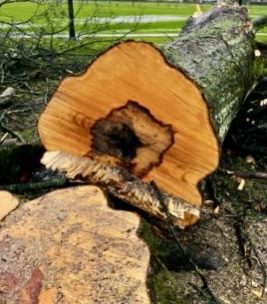
Even if a tree looks healthy the trunk may be rotten to the core. One day it will be vertical the next day suddenly horizontal and in falling it can kill people, crush cars and damage buildings. So, knowing what's under the bark is really important. Suspicion of rot might have been raised from a fungus, or a die-back of branches, or a hollow sound when the trunk is trapped. In any event, it's one thing to suspect rot and another to know the exact extent of it and where it is, which is the problem that can be solved by a Sonic Tomograph, which is an ultrasound scan.
The tree surveyor puts a series of nails into the tree in a ring around the outside - often about 40-90 cm above the ground - and he/she wires these up to the ultrasound. The kit illustrated here is a PiCUS (named after the Latin for Woodpecker) made in Germany which can be carried in a small bag the size of a briefcase.
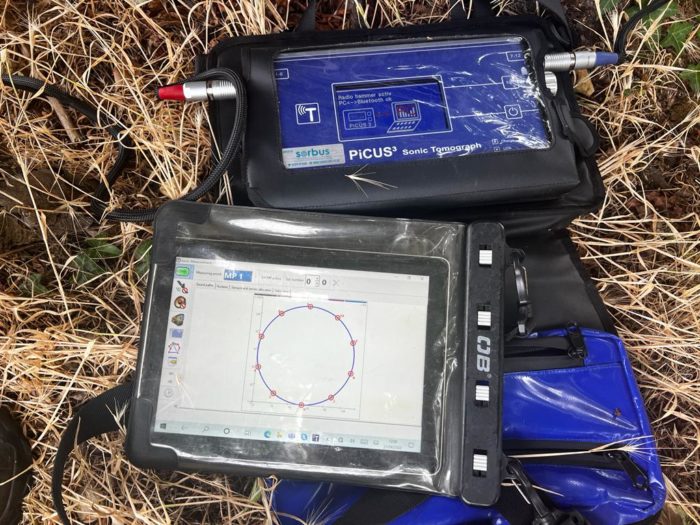 For a horse-chestnut tree like this one with a diameter of about 2.5 metres the arboricultural surveyor needed ten nails. Once these have been banged in through the bark, and the PiCUS wires attached to each one the surveyor then taps each one lightly with a special hammer and this sends sound waves through the trunk to each of the sensors attached to the other nails. The PiCUS device will measure whether these sound waves are going through good timber, rotten timber or voids. This then allows the computer to create a detailed and colourful picture of the trunk showing how much rot there is and where it's located in the cross-section.
For a horse-chestnut tree like this one with a diameter of about 2.5 metres the arboricultural surveyor needed ten nails. Once these have been banged in through the bark, and the PiCUS wires attached to each one the surveyor then taps each one lightly with a special hammer and this sends sound waves through the trunk to each of the sensors attached to the other nails. The PiCUS device will measure whether these sound waves are going through good timber, rotten timber or voids. This then allows the computer to create a detailed and colourful picture of the trunk showing how much rot there is and where it's located in the cross-section.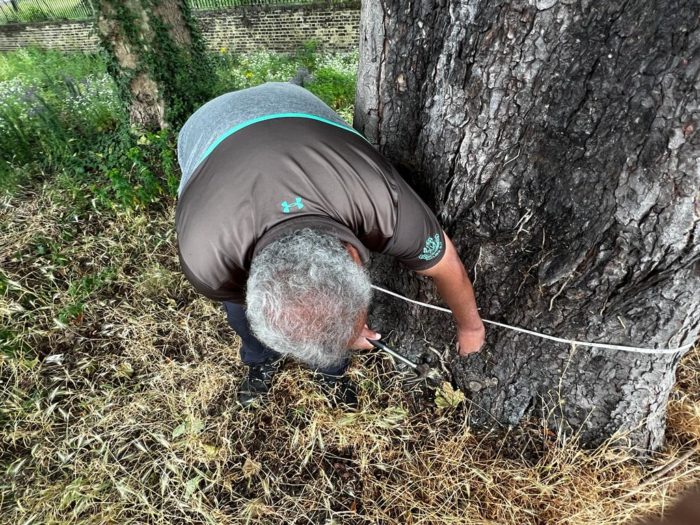
In our case the horse-chestnut tree, which looks fairly healthy, turns out to have rot covering 41% of the cross section. Anything above 30% suggests the tree is unsafe and in this particular case the tree is overhanging a busy road and pavement so the whole tree will almost certainly need to be dismantled and replaced.
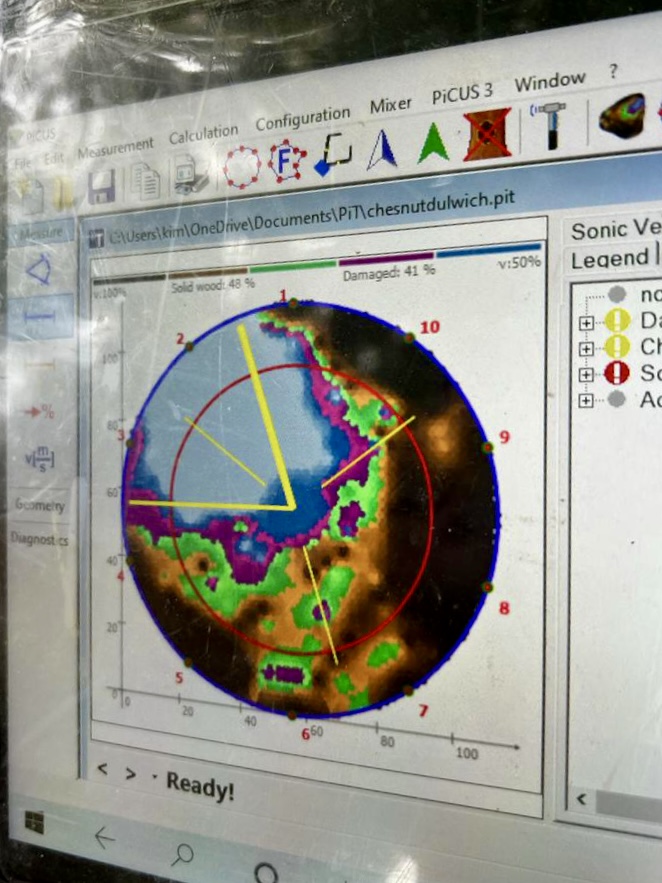 Many of the sonic Tomograph surveys are done for local authorities and institutions to protect the public by reducing the risk of falling trees. A single tree only takes about 20 minutes to survey so there is good economy in doing several on each visit. One official I spoke to said, "one reason we do these PiCUS surveys is so that neighbours and local people can see why we are cutting down trees that they love."
Many of the sonic Tomograph surveys are done for local authorities and institutions to protect the public by reducing the risk of falling trees. A single tree only takes about 20 minutes to survey so there is good economy in doing several on each visit. One official I spoke to said, "one reason we do these PiCUS surveys is so that neighbours and local people can see why we are cutting down trees that they love."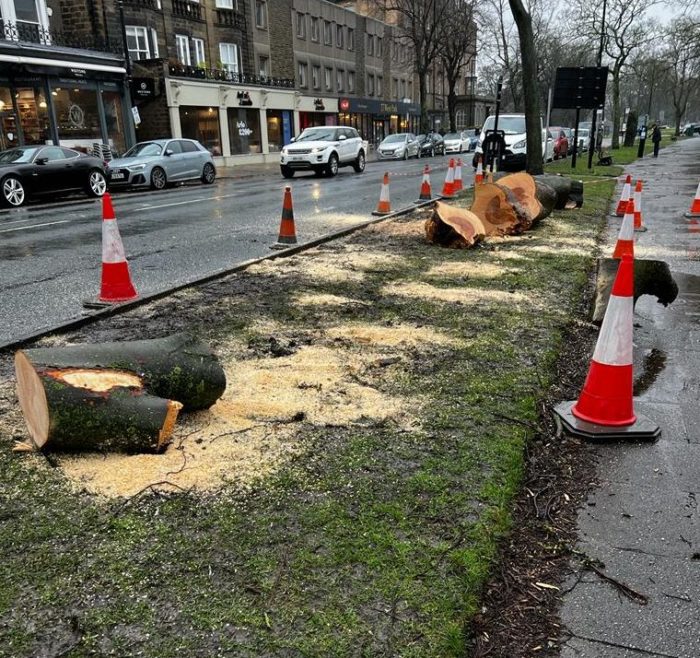
The contractor here is Kim Gifford who is based in South East England and is on 07831 488456. He's a very experienced surveyor and also spotted another rotten tree on his visit - a Tulip tree - which he surveyed and showed that it too needs to be cut down, sadly. An alternative, in some circumstances is to take off the whole branch structure and turn the tree into a monolith, though in most circumstances it's better to eliminate the tree and start again with planting a new tree.
Comments are closed for this post.
